Updated Salt and Sodium Guidelines and Research
Salt intake should be equal to or less than 1 teaspoon per day. Since we can't control the salt in processed foods and food we don't cook ourselves, the best way is not to add extra salt to what we eat and to use LSSS wherever we can.

The Book - Kindle Version Now Available Worldwide
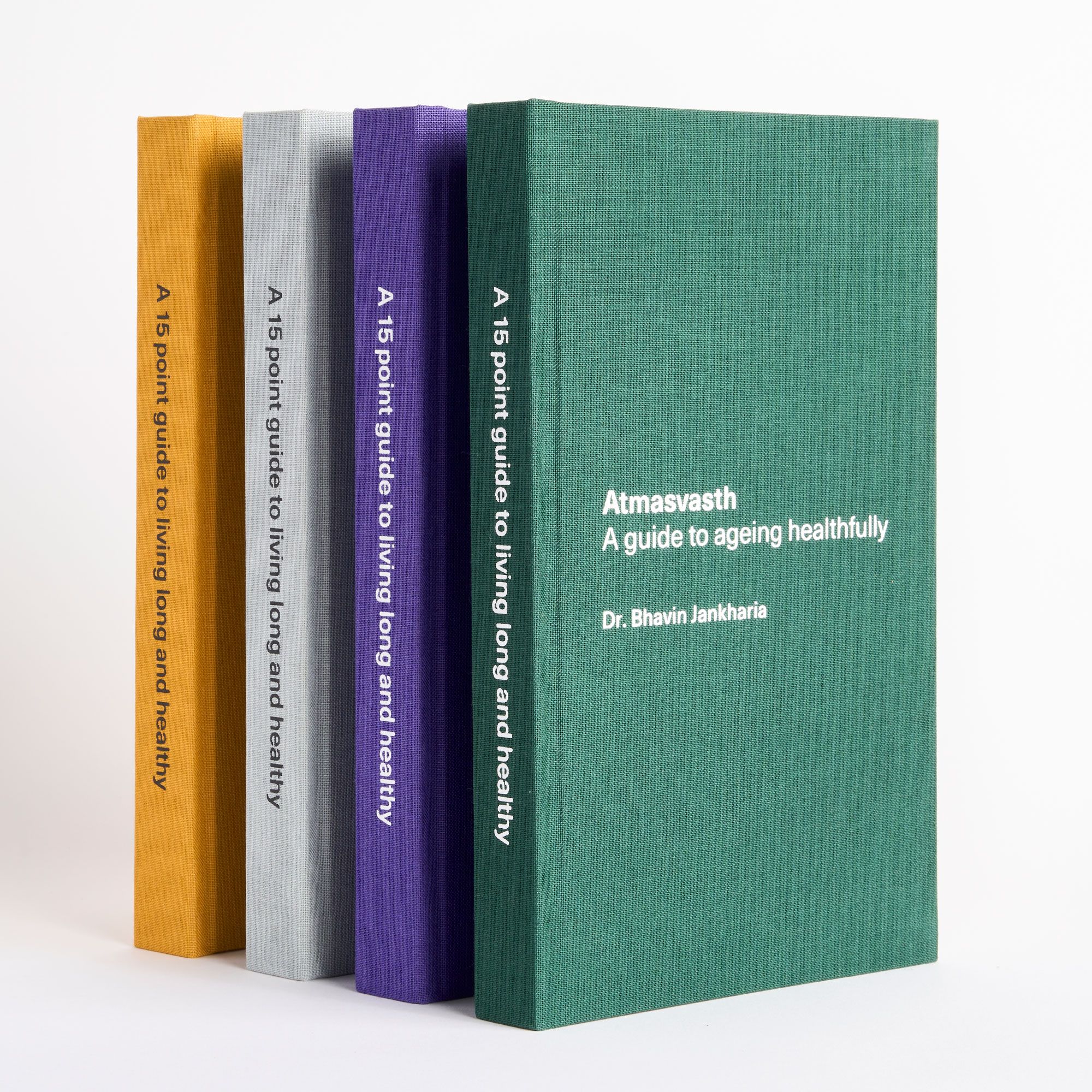
The Detailed 15-Point Guide to Live Long, Healthy
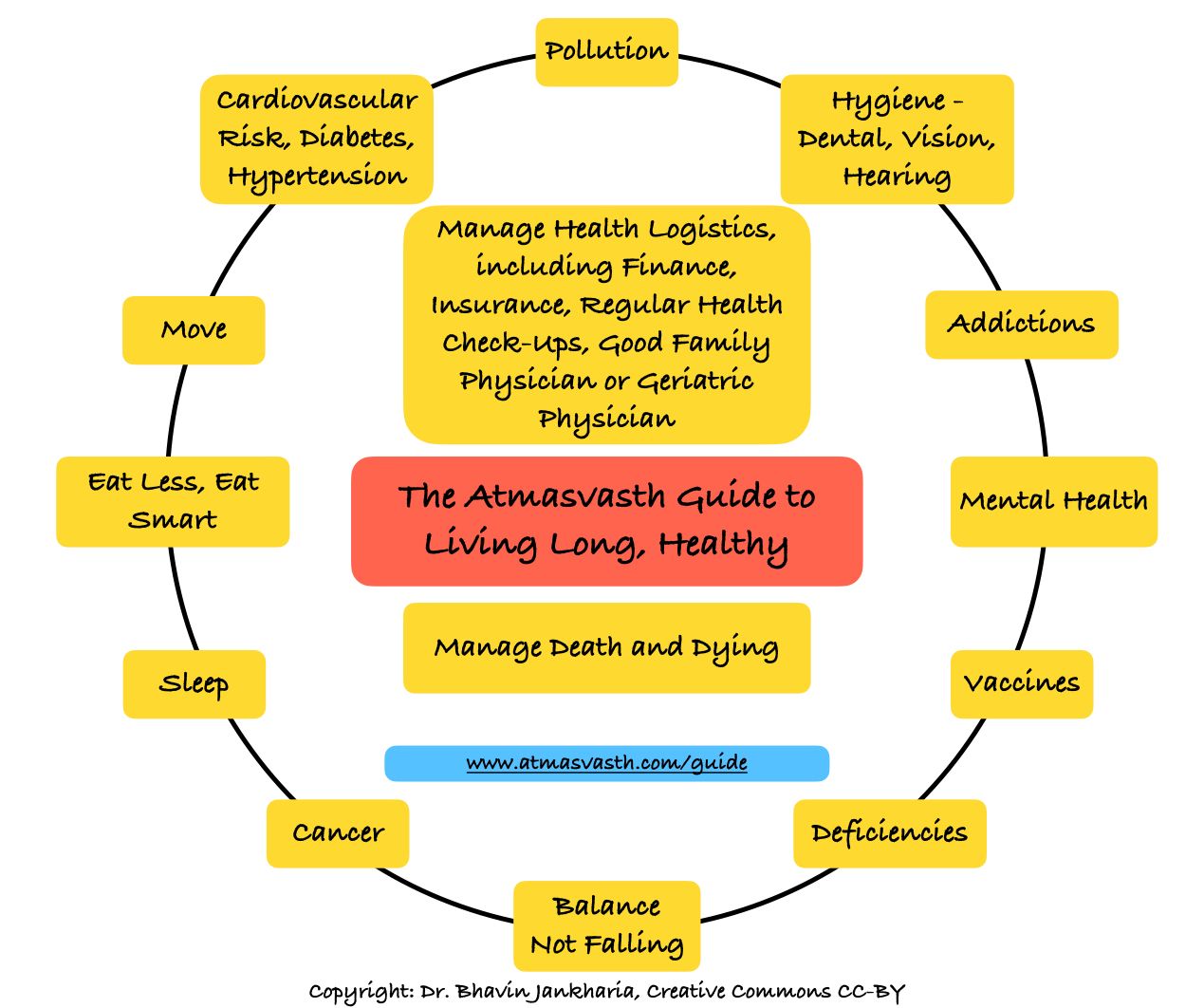
Audio
Text
In the 15-point guide to live long, healthy, under point 2, “Eat less, eat smart - eat sensibly”, are the salt recommendations.
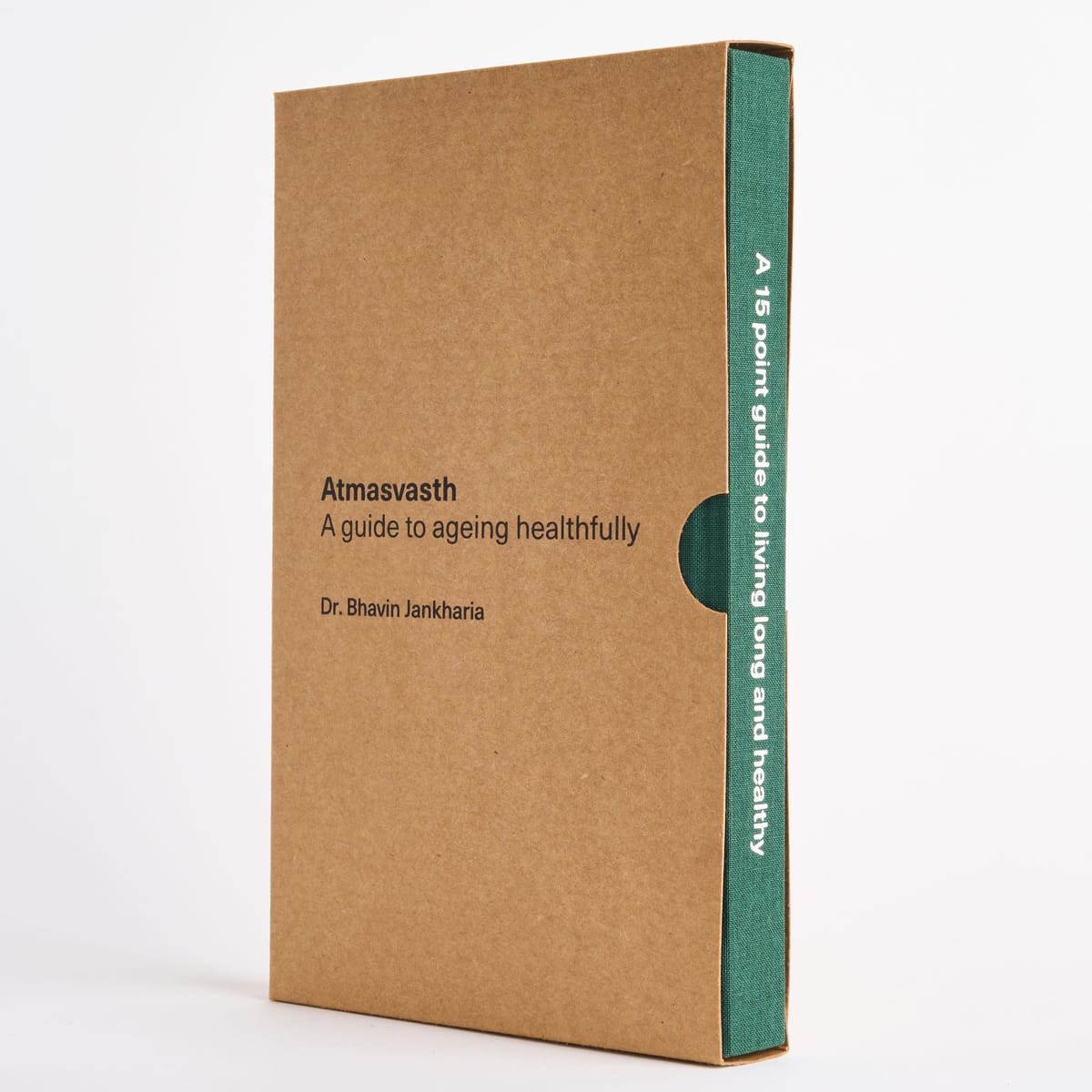
Aim for not more than 1-2 teaspoons of salt a day and switch to a potassium-enriched substitute if possible. Try not to add additional salt during mealtimes. It is practically almost impossible to control salt intake, so don’t over-sweat it.
Earlier this month, WHO updated its recommendations related to salt and sodium.
- For adults, WHO recommends less than 2000 mg/day of sodium (equivalent to less than 5 g/day salt), or just under a teaspoon.
- If choosing to use table salt, WHO suggests replacing regular table salt with lower-sodium salt substitutes (LSSS) that contain potassium.
In Oct 2023, I wrote a piece titled “The Impracticality of Salt Control”, saying that on a day to day basis, unless we cook our food ourselves and control the amount of salt used, it is not possible to control sodium intake with the profusion of processed and ultra-processed foods and the increase in outdoor dining or home ordering of restaurant food. The best we can do is
- Reduce UPF consumption.
- Do not add extra salt to your food at the table.
- Use potassium-enriched salt substitutes (which WHO has now relabeled as LSSS).
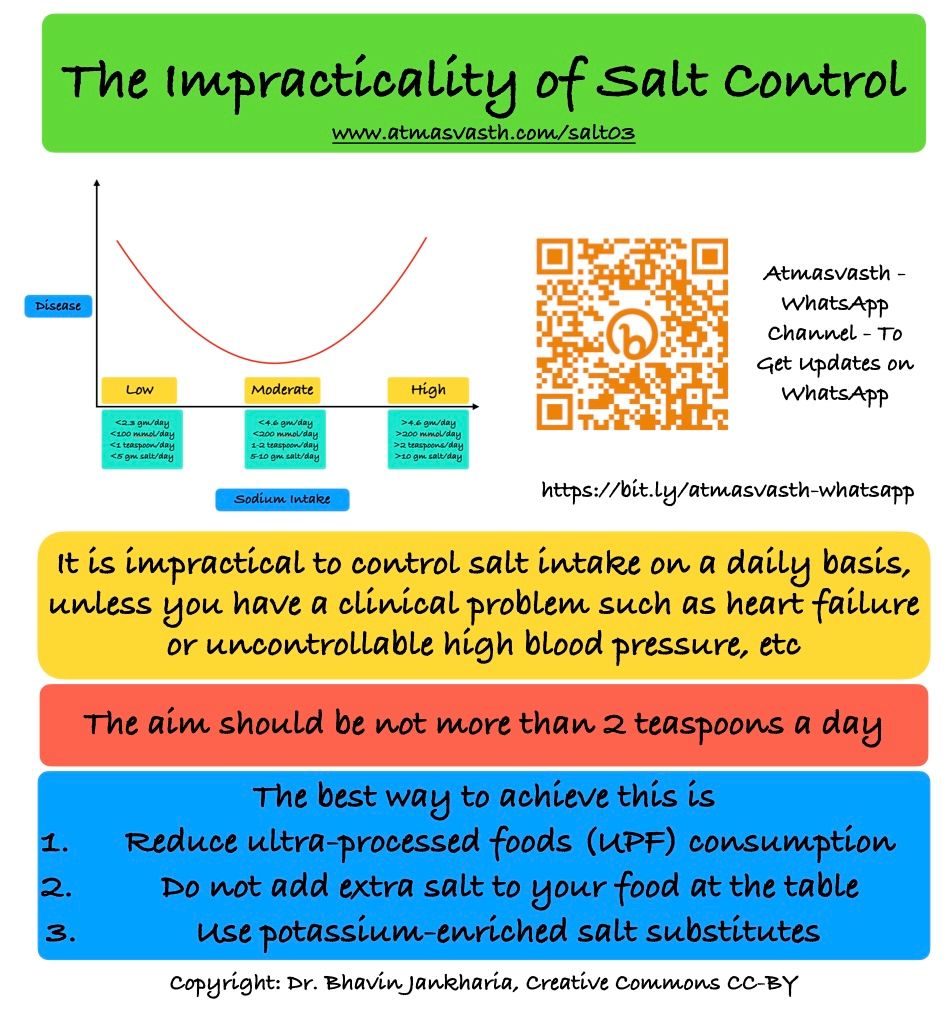
This puts the onus on us, though if there was legislation mandating lower sodium content in processed and restaurant-cooked foods, that would go a long way in reducing sodium consumption and consequently help with blood pressure control and save lies. Countries like India have voluntary guidelines, which are rarely heeded by manufacturers.
A recent paper [1] published by Thomas Gaziano and colleagues describes an observational study in a rural province in South Africa, where there was mandatory reduction of sodium content in food products spanning 13 food categories introduced in 2013 and implemented fully by 2019. They measured urinary sodium content and blood pressure in 3 waves, 2014/2015, 2018/2019 and 2021/2022 and found a significant reduction in urinary sodium excretion and systolic blood pressure, suggesting that if there are strict Govt mandates in place, they are likely to work and make a difference.
In my first piece on salt in Sep 2021, titled “A Teaspoon of Salt…or Two”, I had quoted two studies, one from India [2] and one from China [3] that showed that the use of LSSS saves lives.
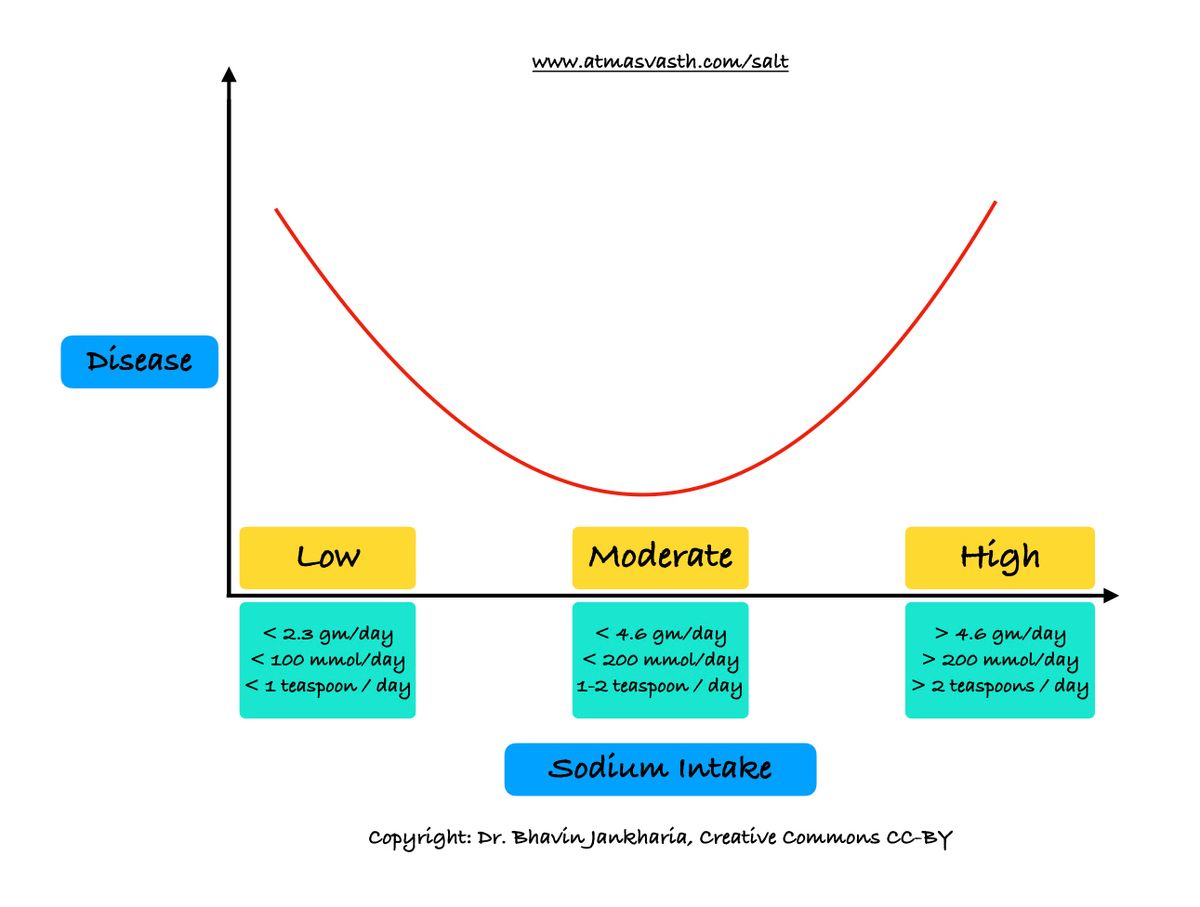
The same group from China published a new study on recurrent stroke and mortality [4] last week and showed that those who used 25% potassium substitution of their salt (these were rural populations with much lower exposure and access to processed food and cooked their own food) had a significant reduction of stroke and mortality than those who did not use the substituted salt.
What does this mean for you and I?
In the absence of Govt mandates in India restricting sodium content in food items, we need to manage our salt intake ourselves. We need to restrict our salt consumption to less than or equal to one teaspoon (less than 5 gm salt per day or 2000 mg sodium), which is best done by reducing our exposure to processed foods and restaurant cooked foods, unless we know that they use less salt or LSSS. When we cook food, we should switch to LSSS. When dining, we should not add extra salt to our food.
Footnotes:
- Gaziano T et al. Sodium Reduction Legislation and Urinary Sodium and Blood Pressure in South Africa. JAMA Cardiol. 2025 Feb 5:e245410. doi: 10.1001/jamacardio.2024.5410.
- Yu J et al. Effects of a reduced-sodium added-potassium salt substitute on blood pressure in rural Indian hypertensive patients: a randomized, double-blind, controlled trial. Am J Clin Nutr. 2021 Jul 1;114(1):185-193. doi: 10.1093/ajcn/nqab054.
- Neal B et al. Effect of Salt Substitution on Cardiovascular Events and Death. N Engl J Med. 2021 Sep 16;385(12):1067-1077. doi: 10.1056/NEJMoa2105675. Epub 2021 Aug 29.
- Ding X et al. Salt Substitution and Recurrent Stroke and Death: A Randomized Clinical Trial. JAMA Cardiol. 2025 Feb 5:e245417. doi: 10.1001/jamacardio.2024.5417.
Atmasvasth Newsletter
Join the newsletter to receive the latest updates in your inbox.






